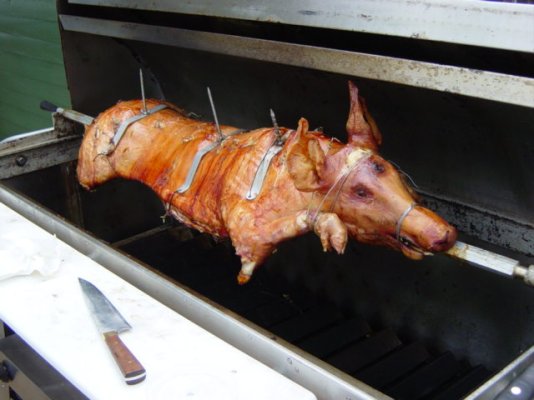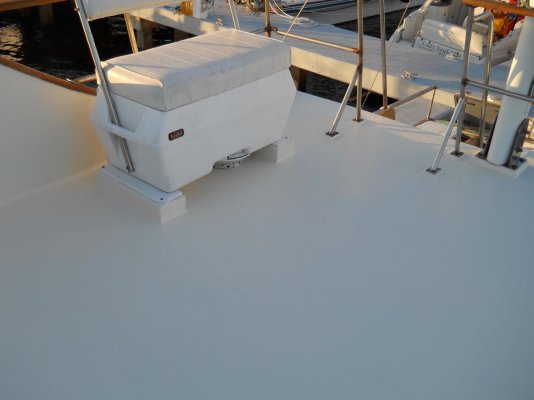None of the standards are anything like a "How to Install Propane Systems on a Boat". They don't take you step by step how to do something.
When I was working, I kept a current copy of the National Electrical Code because some of what I did was covered by that code. I also had a book on how to interpret the National Electrical Code which as more of a "connect the green wire here" type of book.
I don't know of anything like that for boats, at least for propane systems, but if you don't understand the regulations, you cannot follow them and you'll most likely end up with a non-compliant, unsafe system.
When I was working, I kept a current copy of the National Electrical Code because some of what I did was covered by that code. I also had a book on how to interpret the National Electrical Code which as more of a "connect the green wire here" type of book.
I don't know of anything like that for boats, at least for propane systems, but if you don't understand the regulations, you cannot follow them and you'll most likely end up with a non-compliant, unsafe system.





 OMG you guys!!!
OMG you guys!!! 











